Explore the Best AI Image Gallery
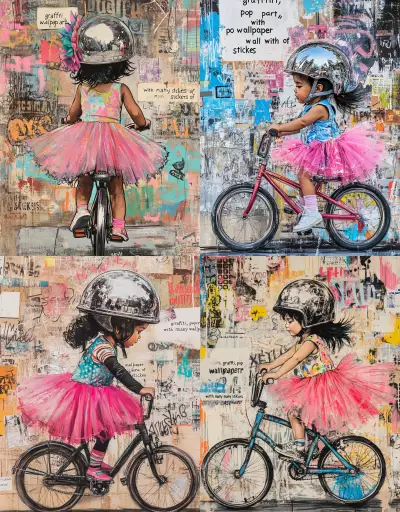
Beyond the Brushstrokes: How Wearable Tech is Redefining Artistic Expression
The realm of creativity has always been a playground for innovation, constantly evolving with the advent of new tools and technologies. Today, wearable technology stands at the forefront of this evolution, offering artists, designers, and innovators unprecedented opportunities to express themselves and push the boundaries of artistic expression.
From interactive installations to performance art, wearables are changing how we create, experience, and interact with art. This transformative shift is not just about replacing traditional tools; its about expanding the very definition of art itself.
Wearable Tech: A Canvas for New Creative Possibilities
Wearable technology encompasses a wide range of devices—smartwatches, glasses, sensors, and more—that can be worn on the body. These devices possess unique capabilities that are reshaping creative practices:
- Interactive Installations: Wearables enable artists to create immersive installations where viewers become active participants in the artwork. Sensors embedded in garments or accessories can respond to movement, creating dynamic and responsive environments.
- Performance Art Revolution: Dancers, musicians, and performers can now incorporate wearables into their routines, adding layers of interactivity and visual spectacle. Light-emitting fabrics, motion sensors, and haptic feedback devices create a captivating fusion of technology and performance.
- Augmented Reality (AR) Art: AR glasses overlay digital elements onto the real world, allowing artists to create hybrid experiences that blend physical and virtual spaces. Wearable AR can transform everyday environments into artistic canvases.
- Personal Expression and Customization: Wearables empower individuals to express themselves creatively through personalized designs and interactive features. Smart clothing with embedded LEDs or customizable patterns allows for unique self-expression.
Ethical Considerations in the Age of Wearable Art
While wearable technology offers exciting possibilities for creative expression, it also raises important ethical considerations:
- Data Privacy and Security: Wearables collect vast amounts of personal data about users. Its crucial to ensure that this data is handled responsibly and securely, with transparent consent mechanisms in place.
- Accessibility and Inclusivity: The cost and complexity of wearable technology can create barriers for some individuals. Its essential to strive for accessibility and inclusivity in the development and deployment of wearable art tools.
- Ownership and Copyright: As wearables blur the lines between artist, creator, and audience, questions arise about ownership and copyright of works generated through these technologies. Establishing clear guidelines is crucial.
- Bias and Representation: AI algorithms used in some wearable art applications can perpetuate existing biases. Its important to address these biases and ensure fair and representative representation in creative outputs.
Looking Ahead: The Future of Wearable Art
The future of wearable art holds immense potential for innovation and growth:
- Advanced Sensors and Materials: New sensor technologies and smart materials will enable even more sophisticated and responsive wearable art experiences.
- AI-Powered Creativity: AI algorithms can assist artists in generating ideas, creating designs, and even co-creating artworks with human input.
- Immersive Storytelling: Wearables will contribute to immersive storytelling experiences, allowing audiences to step into narratives and interact with characters and environments in novel ways.
- Global Collaboration: Wearable art platforms can connect artists and creators worldwide, fostering collaboration and cross-cultural exchange.
As wearable technology continues to evolve, it will undoubtedly reshape the creative landscape further. By embracing these advancements responsibly and ethically, we can unlock a future where art becomes more interactive, inclusive, and transformative than ever before.
](https://images.ai-img.art/thumbnails/150/1d7b3a908141474d50d90721c394db29c0cb5404d685ae70ea60430c18e905b7.webp)
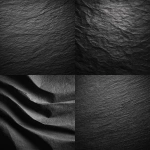

](https://images.ai-img.art/thumbnails/150/8c320ce9aefbbb5b9ec5fd4e1d0fba7388f0fff5b6c2e2f14077cad3008f291d.webp)
](https://images.ai-img.art/thumbnails/150/3c5dc62bba83cc9919c20ebfec8430d31e821cef586a2753dd85ef26d77d480a.webp)

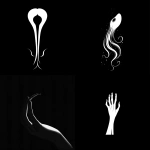
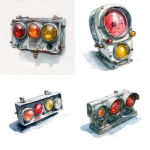

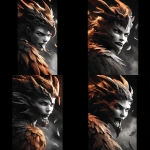
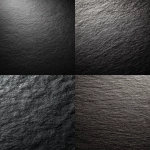
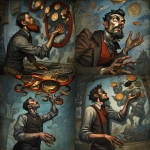
](https://images.ai-img.art/thumbnails/150/3e8c063b4357fc743a3c6e49a3145ee31b2dcecc018c38d2db8f97bf3e3fda3f.webp)





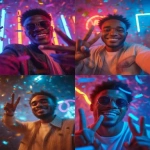



](https://images.ai-img.art/thumbnails/150/1accb5453f2335686b162f0a879c7ce73a18516a33868f214a16bdaf95beeb5a.webp)
